Now Reading: Top 10 Best Places to Visit in Kien Giang – Islands, Beaches & Cultural Landmarks
-
01
Top 10 Best Places to Visit in Kien Giang – Islands, Beaches & Cultural Landmarks
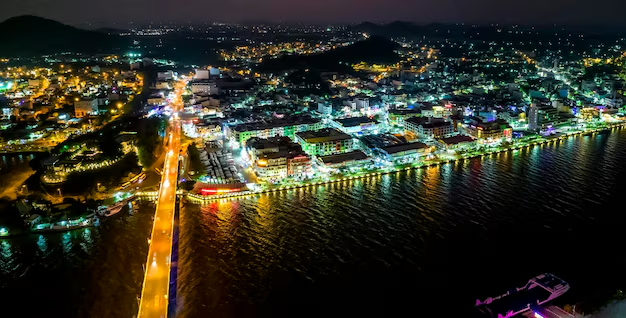
Top 10 Best Places to Visit in Kien Giang – Islands, Beaches & Cultural Landmarks
1.Vinpearl Safari

Vinpearl Safari is on bustling Phu Quoc Island and is Vietnam’s largest safari and wildlife conservation park, covering a grand area of 380 hectares. So the country’s only open zoo, it’s not only a tourist favorite but also a cutting-edge way to preserve wildlife and teach others in the region.
More than 4,000 animals of more than 200 species, along with an environment that looks like the wild, makes this place a fun and educational place for people of all ages.
The story of Hip Hop & its legacies
- Company Background and Commencement
- Developed by Vingroup in 2015, Vinpearl Safari is one part of the company’s plan to make Phu Quoc a popular destination for international travelers. The experts from around the world were involved in the project to guarantee it met international animal welfare rules.
- Conservation Mission
- Vinpearl Safari is designed as a conservation center aiming to protect Bengal tigers, Arabian oryx, African lions, giraffes, Vietnam’s silver langur and red-shanked douc. Some of the animals in these zoos have been obtained from other countries in strict ethical swaps such as India, South Africa and Europe.
- In addition, the park is important for breeding animals, doing research and teaching people about the environment.
- Combining Culture and Nature
- Vinpearl Safari is part of Phu Quoc’s diverse region and gives tourists a chance to see animals in large, open-air spaces in the middle of the island, rather than in cages.
- Bai Dai is found in the Northwest region of Phu Quoc Island.
- Plan for a theatre visit that lasts for more than 3 hours.
- November to April is the recommended time, when the climate is dry and the temperature rises, benefiting the animal activities.
What is the Best Season to Visit
From November to April, Phu Quoc is dry and sunny which allows the animals to be more active and temperatures to be pleasant.
It’s best to go to the zoo in the morning since that’s when most animals are active.
2.Ho Quoc Temple

Ho Quoc Temple (Chùa Hộ Quốc) is the biggest Buddhist temple complex in Phu Quoc. It is situated between the green hills and faces the Gulf of Thailand. Located in a beautiful area, the temple gives visitors a quiet spot away from the hustle and crowds. Culture and relaxation meet here which is why the location is perfect for travelers looking for both.
The history & importance of our national principles
- The temple demonstrates traditions that lead from the past to the present.
- Although Ho Quoc Temple has the look of a classic structure, it was built in 2012 along with efforts to increase Buddhist influence and make a special place available to both residents and tourists. Using traditional northern Vietnamese style, the temple features ironwood and two main tiled roofs decorated with carvings.
- Its architecture is based on Ly and Tran era traditions and represents the beauty of classical Vietnamese architecture adapted to the island’s nature.
- Using spirituality in everyday value
- This temple welcomes tourists as well as people who come to worship. During the important festivals Tet (Lunar New Year) and Vu Lan (Ghost Festival), as well as on full moon days, you’ll notice more Buddhists at the pagoda.
- Abig large statue of Avalokiteshvara Bodhisattva (Quan Âm) is near the gate, demonstrating compassion and looking after fishermen and people traveling on boats. The main area in the temple contains statues of honored monks, dragons and worshipped deities, giving the air a religious vibe.
- There is a garden at Suoi Lon Village, Duong To Commune in Phu Quoc Island.
- You should only plan for an activity that takes 1 to 2 hours.
- Best moments to see them are in the morning or late in the day, from November to April (it doesn’t rain much during this period).
3.Peppers in Phu Quoc chez Le Ho

Peppers in Phu Quoc chez Le Ho is not far from Duong Dong town: it gives French-speaking guests an original taste of the island’s food and culture. Being warmly run by a family, this gorgeous retreat gives tourists a chance to experience the iconic pepper farming, calm countryside and seaside life of Phu Quoc, all in the French language.
What Is It And Why Is it Significant
- 🏝️ Guide for Francophone Tourists
- The aim of opening Chez Le Ho was to give French-speaking people in Phu Quoc the chance to experience real local traditions and culture. The family introduces visitors to Vietnamese culture by demonstrating various traditional farming practices, pepper planting and describing fishing village and rural living.
- It is especially important, considering that Vietnam was under French control for a long historical period. Through spots such as Chez Le Ho, travelers have a chance to rediscover their cultural bonds by discovering the speaking habits, types of food and lifestyle in other countries.
- Pepper farming is what Phu Quoc Island is most known for.
- Aromatic and full-flavored, Phu Quoc pepper is admired both in Vietnam and by people around the world, being considered some of the best in Southeast Asia. Visitors at Chez Le Ho can discover the way organic techniques are used to produce the red and black peppers and how these peppers are dried and cooked.
- As a result of this, local agricultural traditions are kept alive, sustainability in tourism is supported and local farmers get a source of income, educating tourists about old farming traditions.
- In the area east of Duong Dong, Ham Ninh Village is where Dinh Cau Temple is situated.
- It can take less than 1 hour, but depending on what you choose, the experience can be longer.
- Keep in mind: Special experiences only for francophones; the region is closed from May 27 to August 19 every year
4.Kiss Bridge Phu Quoc
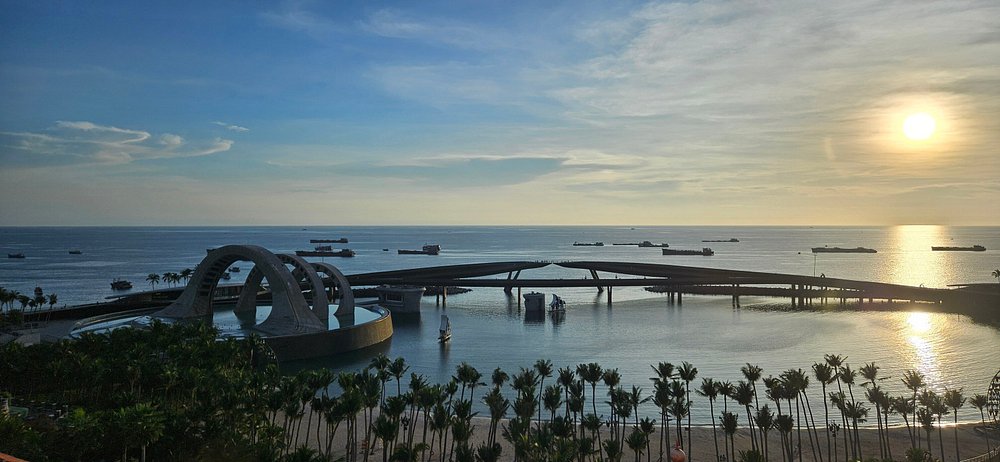
The Kiss Bridge (Cầu Hôn) in Phu Quoc is a wonderful modern example that blends art, myths and architecture above sea waves. To attract couples in love and many tourists, this bridge was created to shine brightly as the sun sets as well as to act as a landmark of eternal devotion.
Kiss Bridge stretches out along the western side of Sunset Town in Phu Quoc and tells its story in striking steel and the sky.
What makes a team’s uniform important in history and design?
- Visual Arts and Mythology inspired Art Nouveau.
- It was the idea of an Italian architect that gave the structure its form, inspired by the crucial moment in Michelangelo’s famous work The Creation of Adam, when Adam and God come almost within touching distance. Much like Smile Bridge, Kiss Bridge is made of separate walkways stretching apart until they are only 30 cm from each other which creates the feeling of unending excitement between the two.
- Besides, the design is inspired by a popular Vietnamese story about Nguu Lang, the weaver and Chuc Nu, the cowherd, who meet annually through a bridge of birds that is part of the Milky Way. Kiss Bridge recreates the classic myth and gives it a modern spin, so it stands for eternal love and missing someone.
Visitor Tips
- It’s best to come during the last hour or so before sunset to enjoy the scenery fully.
- 🚶 It’s easy to walk to from the hotels to restaurants, markets and Grand World.
- This places is perfect for couples, fans of photography, architecture enthusiasts and people with dreams.
- Sunset Town is located in Phu Quoc Island.
- It should take you between one and two hours to complete.
- Architect: This design was made by an Italian architect
5.Dinh Cau Rock

The island’s inhabitants consider Dinh Cậu Rock, also called Dinh Cậu Temple, to be one of Phu Quoc’s best known spiritual and cultural attractions. Built on a rocky hill at the point where the Duong Dong River meets the sea, this temple brings together nature, history and local customs in one spot.
The structure is a place to worship and also gives a scenic view of the Gulf of Thailand, so it is loved by both tourists and those who come to pray.
Significance in History and its Culture
The local fishermen who built Dinh Cậu Temple in 1937 did so because they considered divine protection necessary for their trips at sea. Both the Thủy Long Thần Nữ and Đức Ông are sea gods, enjoyed by the Vietnamese for bringing good catches and safety to those fishing at sea.
Before going on a sea journey, especially during monsoon weather, the locals usually stop at this place to pray for good luck, mild sea and their safe return. During the Dinh Cậu Festival (celebrated on the 15th and 16th of the 10th lunar month) the temple becomes a gathering place for hundreds who come to pay tribute and join in with traditional performances and offerings.
Why Visit?
Experience how a local tradition connects nature, how people make their living and their religious beliefs.
To notice how the local fishermen honor their special deities which lets you glimpse into their coastal spiritual traditions.
To see beautiful seascapes and explore a historic temple at the time when the sun is near the horizon.
Ways for Visitors
- Behave respectfully: The temple is still being used to worship, so remember to be calm and dressed properly.
- To join in a slight way, you can buy nearby incense or fresh flowers to place at the altar.
- 📅 The most enjoyable time to go is late afternoon since it cools down and you see the amazing sunset.
- To experience Vietnam’s culture in full, visit Duong Dong’s pier and have dinner at one of the seafood restaurants in town.
- The hotel can be found in Duong Dong Town on Phu Quoc Island.
- The session may take between 30 minutes and 1 hour.
6.Sunset Town Phu Quoc

At the southern end of Phu Quoc Island stands Sunset Town or Hon Thom Sunset Town which offers a classy and eye-catching experience for tourists. Its Mediterranean style, wonderful views of the sea and streets made from cobblestones meant it was planned to welcome people seeking a relaxing time following their Vietnam journey.
Because of its similarity to the famous Amalfi Coast, Sunset Town attracts people who want to enjoy luxury coastal life, impressive sights for photographing and peaceful sunsets by the sea.
What happened and why it is significant
The Sun Group, an important infrastructure and resort developer in Vietnam, has created the modern development known as Sunset Town. The town was imagined to go along with Phu Quoc’s transformation into a world-renowned island for tourism.
Created in the last several years, the area unites houses inspired by the Italian Riviera with Kiss Bridge, the Sun Signature Show (high-tech performance) and the cable car station of Sun World Hon Thom. In spite of its newness, the town shows Vietnam’s eagerness to join international relaxation with local lovely scenery.
The importance of Quy Nhon is in highlighting Vietnam’s growth from a fishing village area to a popular tourist spot without disturbing its natural environment.
There are many reasons to visit Sunset Town.
After a busy journey from north to south in Vietnam, to treat yourself with a relaxing stay.
If you would like to see the mix of Vietnam’s tourism with European style.
For those interested in visiting southern Phu Quoc such as the An Thoi Archipelago and coral snorkeling venues.
Seaside spots are perfect for a romantic proposal, a honeymoon or those who need some peace.
- The resort is found at the southern end of Phu Quoc Island, in An Thoi Ward.
- Either a half day visit or a stay of several nights is fine.
- It is famous for its buildings inspired by Europe, breathtaking sunsets by the sea and warm romantic atmosphere
7.Cao Dai Temple

Spectacular prayers and colorful architecture inside the Cao Dai Temple make it a truly fascinating sight in Vietnam. This temple makes an impact with its colorful columns, mythological dragons, holy eyes and decorations of the heavens. The architecture reflects both the faith’s beauty and the meaning behind the Cao Dai religion which began in Vietnam.
History and where we came from
The Cao Dai religion (Đạo Cao Đài) was created in 1926 in Tay Ninh Province which is in southern Vietnam. Because of colonial pressures and the separation of religious groups, this faith sought to unite the main religions worldwide.
Cao Dai means “Supreme Palace” or “Highest Tower” and describes the main divine figure who oversee all religions. According to the founders, answers were provided by the supreme being via séances, allowing them to form a faith that includes details from Buddhism, Christianity, Taoism, Confucianism and Islam, plus influences from French and Vietnamese culture.
The most important temple for Cao Dai is the large one in Tay Ninh, yet there are many little ones scattered such as the one you went to. The temple paintings in these houses are just as colorful and meaningful, even though the setting is simple and meant for the community.
Significance
Out of all the world’s religions, Cao Dai is among the few that started in Vietnam and remains an important faith in that region. Even with their size, these temples stand for Vietnamese ways of welcoming different religions.
Essential symbols that you should notice:
This ornament is often found at the altar; it reflects the belief that God is watching over people.
🐉 Dragons & Clouds: The two represent gaining knowledge and moving spiritually forward.
Why priests wear different colors: Buddhist priests wear yellow robes, Taoists wear blue robes and Confucian priests wear red robes.
The Best Time to Travel
- You do not have to limit your visit to a particular time of year.
- At noon in Tay Ninh, tourists can observe a Cao Dai prayer ceremony that gives them a clear insight into the religion.
- Location: You can find Dao Tan Thien in many places in Vietnam, with the main presence in Tay Ninh.
- It is recommended to complete this topic in less than 1 hour.
- The city is famous for its bright architecture, symbols connected to various religions and unique religious practices.
8.Ham Ninh Pier
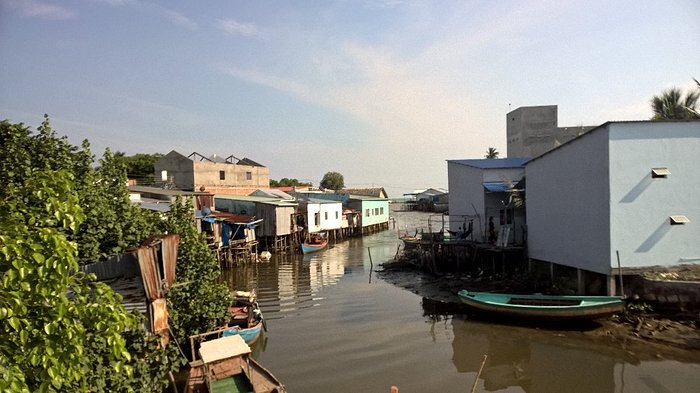
More than a site to watch the ocean, Ham Ninh Pier reveals the traditional ways fishermen in Vietnam have always worked. The pier sits alongside the Gulf of Thailand and extends into the sea, giving you amazing morning views, choices for seafood meals and a peaceful quality unlike the big towns.
In spite of being simple, the pier reflects Phu Quoc’s fishing culture. The sound of breaking waves, the salt smell in the air and the outline of boats all together create a calm scene that feels always the same.
The reason for this significant work and its role in history.
The fishing village at the pier in Phu Quoc is among the oldest areas on the island and its history began hundreds of years ago. To the local fishermen, the pier used to be an essential part of their work, giving them shelter and a safe area to trade and offload their catch. The fishery is still in operation and helps explain the daily habits of local fishermen.
The pier reflects the link between how the island lives traditionally and how its developing tourism market helps its economy. Some old stories connect Ham Ninh’s spot by the sea to magical beings of the sea and to eastern maritime trading routes of early times.
Suggestions for those visiting Biscayne National Park
- For the best timing, visit early in the morning when the sun rises or set off for photographs late in the afternoon, when the crowds are reduced.
- The Flower Crab is definitely on our “must-eat” list because of its flavor.
- Walk around the Village: Ham Ninh has simple family houses, small stores and the locals make it even more memorable.
- Ham Ninh Village is found on the East Coast of Phu Quoc Island.
- It takes about 1–2 hours to finish the work.
- ✅ Main Highlights: Local seafood, beautiful views of the ocean and experiencing local culture
9.Grand World Phú Quốc

Grand World Phú Quốc is a grand entertainment and leisure center at the Phú Quốc United Center in the north of the island. Since it is known as “The Sleepless City,” you can find cultural shows, a variety of stores, exciting nightlife and art all at the same time in the city. This town was designed like a little region where Europe meets Asia and this is why it has Venice-style canals, bright shophouses and often holds open-air concerts, attracting families, couples and tourists who use social media.
Especially in the afternoons, the park may seem quieter, as a lot of visitors come in the evening for all the lights and music attractions.
The history and evolution of textbooks
Grand World is a recent attraction on Phú Quốc and opened for business in April 2021 as part of the plan to turn it into Vietnam’s main international tourist destination. Vinpearl Land was created by Vingroup and is part of the bigger Phú Quốc United Center which offers a theme park, slews of animal exhibits at the Vinpearl Safari, a casino, numerous golf courses and upscale resorts.
It was meant to be a special spot inside the island, offering top-quality shows for people without having to go to the mainland. It fits with Vietnam’s aim to attract more tourists by offering major attractions that appeal to foreigners.
Significance
- The arrival of Grand World Phú Quốc shows that Vietnamese tourism is growing, energetic and becoming more in line with international standards. It supports and advances the following activities:
- Broadening Phú Quốc tourism: Once, travelers went to Phú Quốc for seaside holidays and to see its fishing communities, today’s tourists are motorcycle-loving travelers and culture aficionados.
- It is open all night, so it plays a key role in the day-to-night economy through its night markets, performances and late-night food places.
- The nightly “Tinh Hoa Việt Nam” performance and various themed buildings show Vietnam’s fascinating history and traditions in a theatrical way.
- Employment and Infrastructure, it has made jobs and improvements to infrastructure available in the northern section of Phú Quốc.
- You should spend at least 2–3 hours to get the most out of this place.
10.Su Muon Pagoda
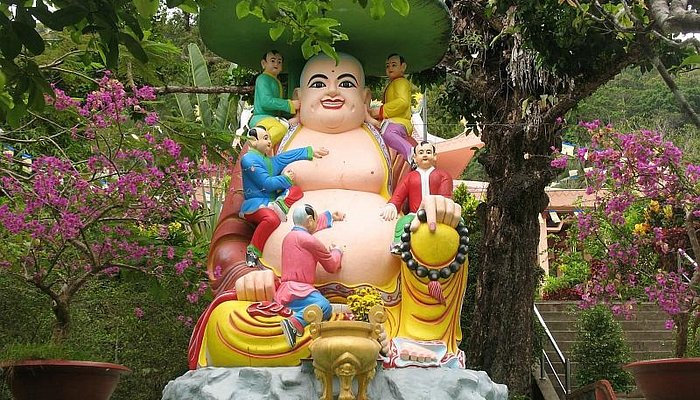
Su Muon Pagoda or Hung Long Tu, is a calm Buddhist temple located high up in the woods of Phú Quốc’s interior. Though it isn’t as big as other Vietnamese temples, it causes delight by giving visitors a peaceful atmosphere full of colorful figures, burning incense and charming kitsch.
Because it is set in a lush jungle, the pagoda is a calm place to be away from the busier beaches. This place is attractive to many tourists who want to see major waterfalls like Tranh Stream (Suối Tranh), so they often stop by for a spiritual moment.
The development and significance of slavery & abolition
In 1930s, Su Muon Pagoda was founded by a monk known as Thích Hùng Long, formerly known as Ngo Kim Tong. He settled at the site to focus on practicing and teaching Buddhism when Vietnam was going through changes in its society and politics.
As the years passed, more monks have expanded and cared for the pagoda with time. Programs for worship are held here and it is also a valued spot for individuals hoping to calm their minds or strengthen their faith.
The main religious aspect of it comes from its dedication to Mahayana Buddhism and praying to Quan Âm (Goddess of Mercy) and it is widely used for Buddhist rituals, prayer and celebrations.
- The best time to go is either when it’s early in the morning or late in the afternoon.
- 🧘♀️ Try to avoid revealing clothes on your shoulders or knees.
- Your physical activity should take between 30 minutes and 1 hour.
- You can find the cave in Duong Dong Town when on your way to Tranh Stream Waterfall.
Related articles : Top 5 Best Places to Visit in Kon Tum – Wooden Churches, Highlands & Ethnic Villages
Stay Informed With the Latest & Most Important News
Previous Post
Next Post
-
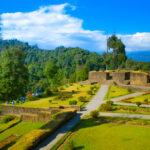 01Top 5 Best Places Visiting in Gyalshing – Monasteries, Lakes & Scenic Escapes
01Top 5 Best Places Visiting in Gyalshing – Monasteries, Lakes & Scenic Escapes -
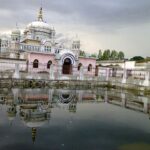 02Top 5 Best Places Visiting in Panna – Temples, Waterfalls & Wildlife Escapes
02Top 5 Best Places Visiting in Panna – Temples, Waterfalls & Wildlife Escapes -
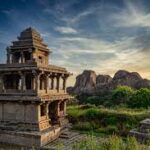 03Top 2 Best Places Visiting in Chitradurga for History, Nature & Adventure
03Top 2 Best Places Visiting in Chitradurga for History, Nature & Adventure -
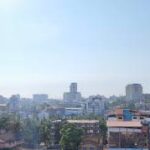 04Top 10 Best Places Visiting in Dakshina Kannad for Culture, Nature & Coastal Charm
04Top 10 Best Places Visiting in Dakshina Kannad for Culture, Nature & Coastal Charm -
 05Top 5 Best Places to Visit in Malerkotla – Malerkotla Fort, Sheesh Mahal & More
05Top 5 Best Places to Visit in Malerkotla – Malerkotla Fort, Sheesh Mahal & More -
 06Best Places Visiting in Shopian – Explore Top Attractions & Hidden Gems
06Best Places Visiting in Shopian – Explore Top Attractions & Hidden Gems -
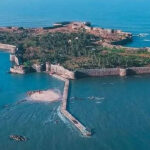 07Top 10 Best Places to Visit in Sindhudurg for Beaches, Forts & Nature
07Top 10 Best Places to Visit in Sindhudurg for Beaches, Forts & Nature












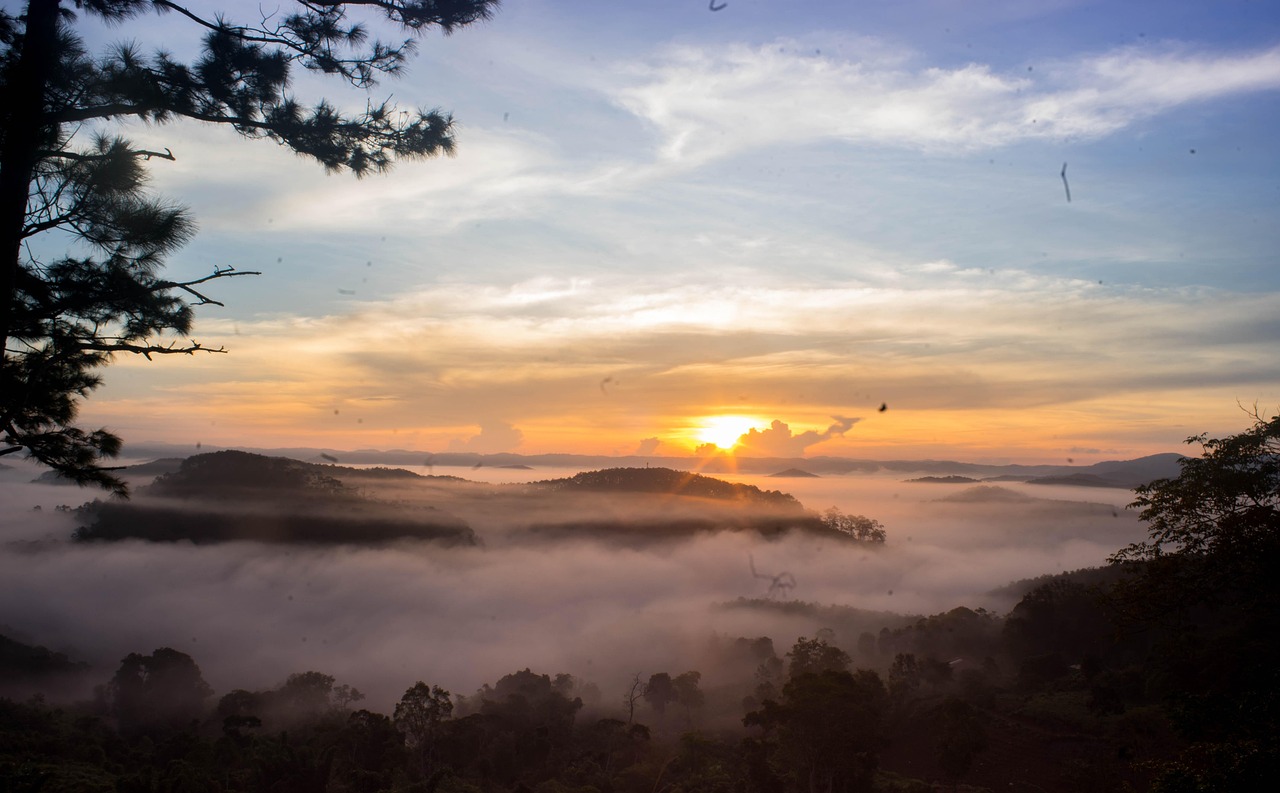

Pingback: Best Places to Visit in Khanh Hoa – Discover Nha Trang, Islands & Pagodas